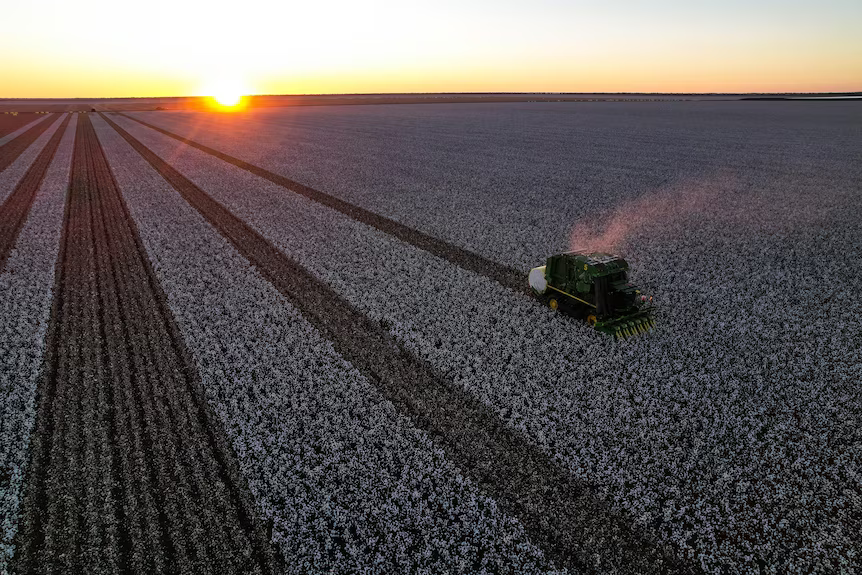Renewable ammonia to support cotton farming in Australia
By Julian Atchison on August 10, 2023
Hiringa Energy: the Good Earth Green Hydrogen and Ammonia Project (GEGHA)

New Zealand-based Hiringa Energy and Australian group Sundown Pastoral will develop a renewable ammonia project near Moree, New South Wales. The Good Earth Green Hydrogen and Ammonia Project (GEGHA) will produce ammonia-based fertiliser & hydrogen for fuel cells to support cotton farming in the area. Based at the Wathagar ginning facility, features include:
• 27MW of solar generation capacity
Projects components of Good Earth Green Hydrogen and Ammonia
• Battery storage of generation to smooth generation supply profile
• A world scale hydrogen electrolysis plant (12MW), producing green hydrogen from the renewable electricity and water
• A 10 tonne per day ammonia plant, to convert some of the green hydrogen into green ammonia.
• Hydrogen storage and ammonia storage capacity to manage variable renewable energy supply and seasonal ammonia demand
• Offtake of ammonia for direct use as fertiliser locally; and offtake of green hydrogen to supply on-road heavy transport and on-farm energy use in NSW regions.
The project was one of two selected to receive funding this March as part of the NSW state government’s hydrogen hub initiative. Via the initiative, the NSW state government seeks to establish 700 MW total of electrolysis capacity in the Australian state by 2030. To qualify, projects must have established one local offtaker/end user. The funding will support stage one of GEGHA, with expansion planned to establish “medium-scale” hydrogen & ammonia production projects. Hiringa is currently doing feasibility work on two future locations: near the Moree Special Activation Precinct (SAP), and in the Riverina region of southern NSW.
For project partner Sundown, GEGHA is part of their Good Earth Cotton initiative: an effort to get climate-positive, traceable cotton into the textile supply chain. Sundown reports that around 85% of carbon emissions associated with cotton production in the area are from fertiliser and fuel (transport and water pumping on the farm).
What’s…quite different here is that typically those [ammonia production] plants are very large, and often located in a major industrial area on the coast and connected to the international markets through shipping.
David Heard, Hiringa’s Executive Director (Australia) in an interview with AgFunder, 2 Aug 2023
What we’re looking at here is a small- to medium-scale version of that located close to a renewable energy source that’s close to the farmers that are using the ammonia as fertilizer. While that means there are fewer economies of scale, there’s some significant advantages in terms of the avoided cost of moving around ammonia.
FID is due next year, with production to start in 2025. Also in his interview with media outlet AgFunder, Hiringa’s David Heard outlined that – even though GEGHA is a smaller-sized, 10 tonnes ammonia per day project – the project partners are targeting the 60 tonne per day production mark, a point at which a project “wouldn’t need upfront government capital funding”.